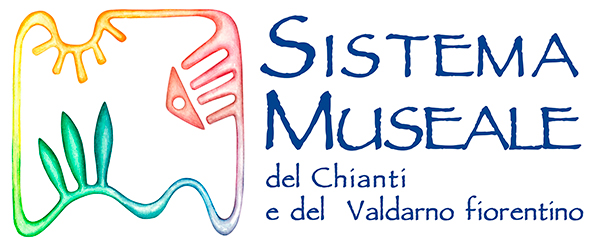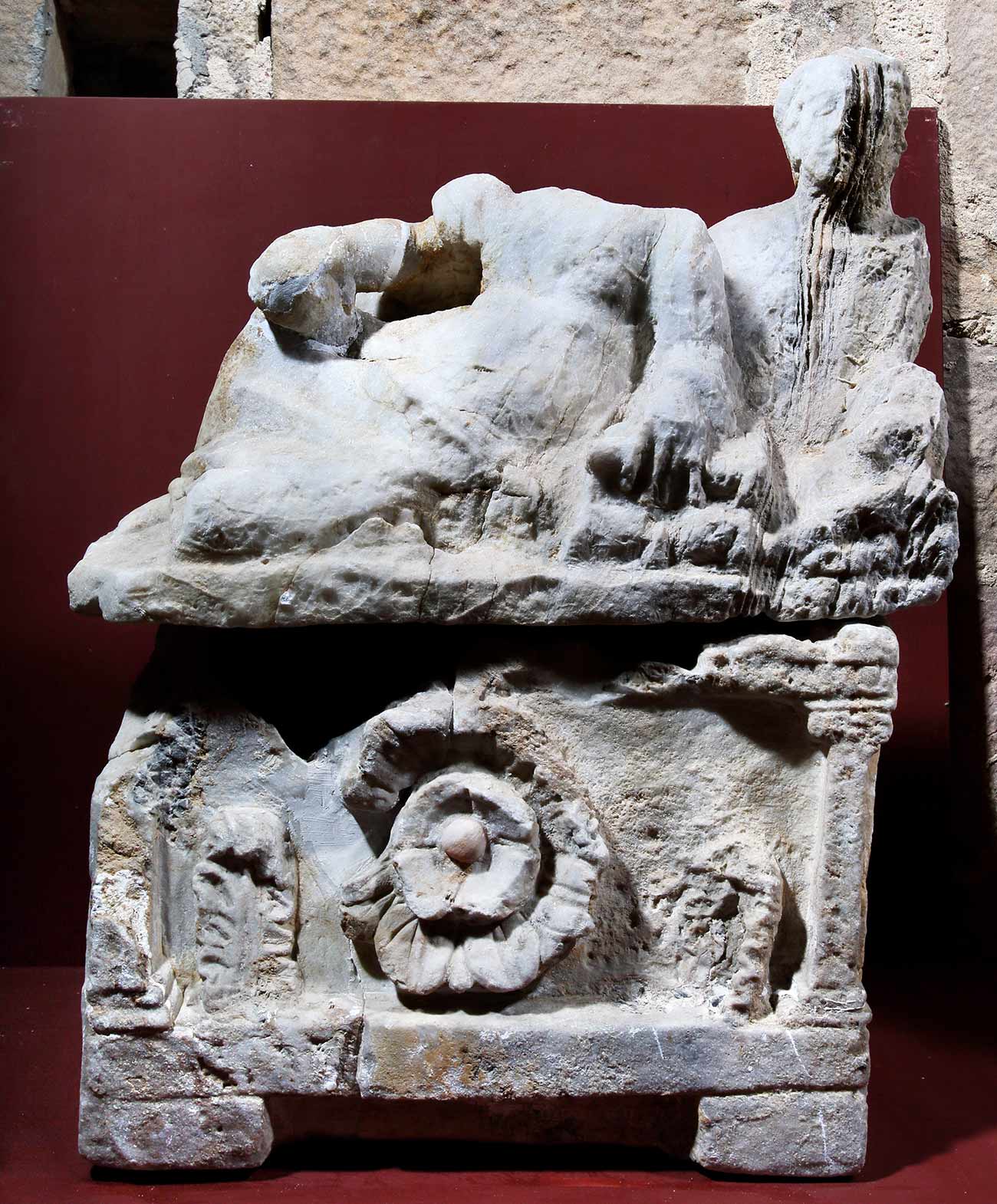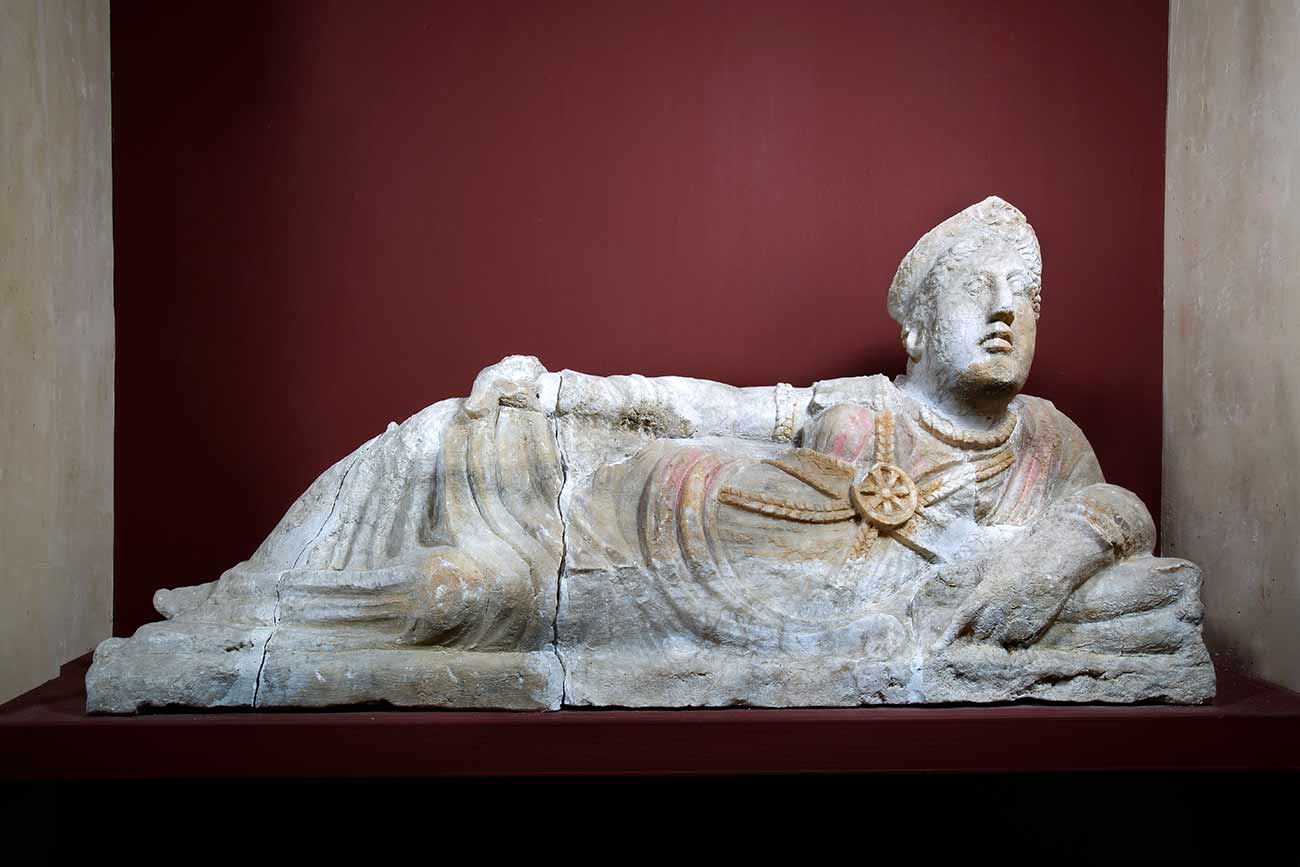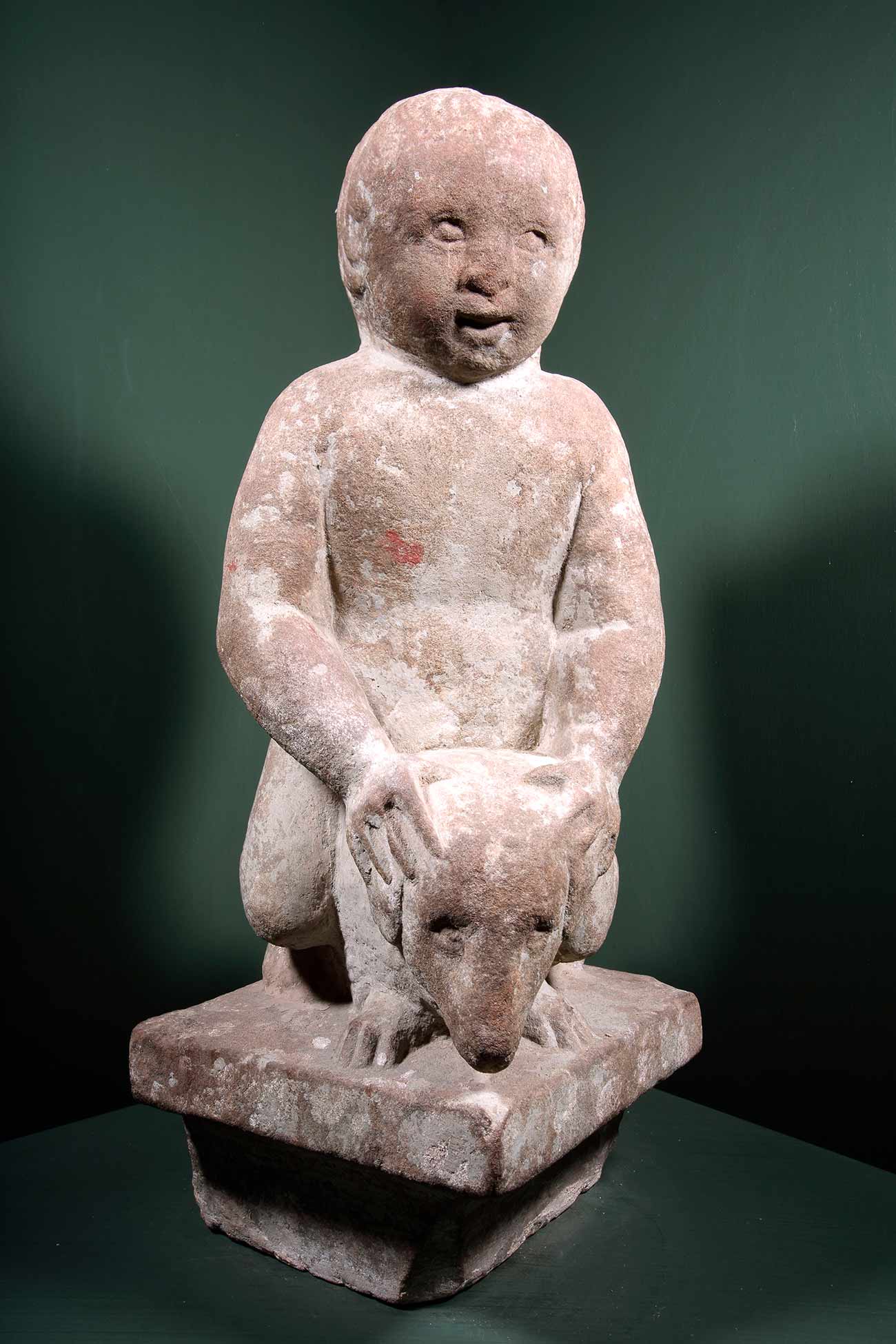Antiquarium di Sant'Appiano

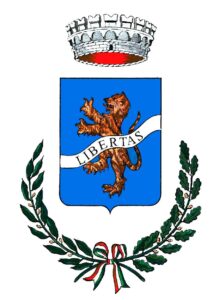
ANTIQUARIUM DI SANT'APPIANO
A BARBERINO TAVARNELLE
The Pieve di Sant’Appiano at Barberino Val d’Elsa houses an Antiquarium, a collection of archaeological finds from excavations conducted starting in the late 19th century around Sant’Appiano, San Martino ai Colli and Semifonte, fertile lands that have been densely populated since the 8th century B.C. The unique attraction of this museum is the exceptionally high quality of its displays, rather than their number.
The first room contains some of the grave goods – surviving through centuries of grave-robbing – from the numerous princely Etruscan tombs accidentally discovered in 1907 near San Martino ai Colli by a local resident. Covering a long span of time, from the 8th to the 2nd century B.C., these finds testify to the social and economic status of their owners, well able to afford expensive objects.
San Martino was a strategic site along the main road system that connected the Val d’Elsa to the Valdarno at that time. Accordingly, Attic ceramics (VI-IV century B.C.) and alabaster urns decorated with scenes from Greek mythology are found here even more profusely that in richer centres such as Volterra.
Among the finest works are a red-figured ‘kelebe’ (column krater) from the IV century B.C. and an alabaster urn from the Hellenistic age with a relief of the Abduction of Proserpina and a lid decorated with the figure of a semi-reclining man.
The most curious piece in the collection is found in the second room. It is a sandstone sculpture of a putto riding a dog, a little idol, probably Etruscan, found during the late 19th-century excavations that also brought to light the foundations of the baptistery in front of the Pieve di Sant’Appiano.
From the Middle Ages-Renaissance period is a collection of ceramics found in the vicinity of Semifonte, the castle of the Alberti counts destroyed by the city of Florence in 1202. The only painting displayed at the Antiquarium is a panel representing the Virgin and Child with St. John the Baptist, St. Anthony of Padua and two Angels by the Master of Signa, an anonymous artist active in the first half of the 15th century. Although it is Late Gothic in style, lagging behind the innovative Renaissance mode, the artist seems to have felt its influence, as shown by the geometric decorations on the throne and the attempt to render the figure of Christ the Redeemer in perspective.
Opening Hours
Saturday and sunday, 15.00-18.30
Do you need more information?
Sistema Museale del Chianti e del Valdarno – © 2021. All Rights reserved – Credits
Privacy Policy
Cookie Policy
